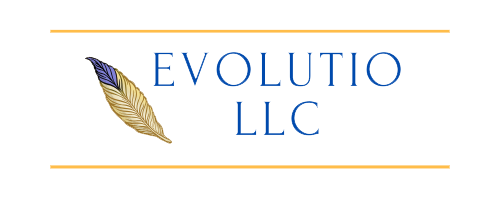According to Gallup, replacing an individual employee can cost the employer one-half to two times the person’s annual salary.
Everywhere we look, organizations are struggling to hire or retain high performing employees. With the talent shortage, high performers have many opportunities available to them and don’t need to settle for a role or culture that is not an ideal fit.
As leaders, we deeply appreciate how much high performers help us move the organization forward.
However, many times we are guilty of investing too much time in our low performers. We may need to implement a performance improvement plan, provide training opportunities, and meet with them at a regular frequency to discuss areas of concern and progress that is being made (or not).
While it is important for us to address low performers and hold them accountable, it is critical we do not invest so much time in managing the process with them that we don’t have time available to invest in our solid contributors and high performers.
A McKinsey study estimates that high performers are 400% more productive than average performers, so it is extremely important that we are finding ways to invest in and retain high performers within the organization. The McKinsey study also states that as the job’s complexity increases, so does the productivity gap. In more complex occupations (like management and software development), high performers are an astonishing 800% more productive.
What are some strategies you can implement to retain high performers for your organization?
- Invest in high performers by giving them the opportunity to work with a Leadership Coach. This will allow them to hone any leadership characteristics they would like to enhance before their next role and to experience significant personal and professional growth. According to research from Cengage Group, 83% of workers report leaving their jobs because they no longer felt like they were growing in their position. By investing in their growth, you will also increase their loyalty and commitment to the company, and they will feel more valued.
- Tap into their intrinsic motivation by giving them high visibility assignments and helping them identify opportunities for rapid career advancement. Discuss what new skills will be developed through the opportunity and how it will prepare them for their next role. Explicitly link their individual goals to organizational ones and let them help solve the company’s biggest problems.
- Give them autonomy. Focus on the outcomes, rather than the exact way they need to approach the work, so they can use their creativity.
- Allow them to take strategic risks and fail without penalty.
- Differentiate their bonus and recognition from other employees. This will reinforce they are valued and viewed as a high performer and major contributor to the organization.
- Provide mentoring that aligns with their long-term career goals and reinforces growth opportunities.
- Keep communication lines open. Ask the employee for their feedback on how things are going in the department and recommended areas of improvement. Follow through to show you value their feedback and contributions.
- Focus your one-on-one meeting time to learn how you can best support them. Use email or internal messaging for regular reporting rather than using your one-on-one time for this.
- Give consistent, constructive feedback so the employee can clearly see where potentials for growth are with their development.
- Remove barriers to success wherever possible by learning about their obstacles and working together to find a solution.
- Encourage them to explore new opportunities within the company, such as skill development or potentially mentoring other employees. Ask “What are some ways you have been challenged in the past? How would you like to be challenged moving forward?”
- Be careful not to overload the employee and cause burnout. If employees are feeling burnt out, their well-being and productivity will suffer and may potentially impact retention.
- Ensure they are connected to the mission and understand clearly how their role contributes to the greater organization.
Bottom line, high performers need to see a clear path for their career development in order to remain motivated and engaged, and they will likely move on from the company when their needs are not met. Additionally, they are always looking to improve so actionable feedback is essential.
Listening to your high-performing employees when they suggest improvements, ask for a more balanced workload, or request that employees are held accountable for poor performance will also help you retain the highly engaged talent your company has.
Are you interested in learning more about how coaching can be a differentiator for retaining your high performers? Let’s have a conversation.
What recommendations do you plan to implement? What is working for you and what has not been effective? I would love to hear your feedback!
Angela Bonner is a Chief Talent Strategist & Executive Coach at Evolutio LLC. Angela partners with Leaders ranging from the first-time manager to the senior executive, to elevate their leadership impact and accelerate the growth of their organizations through coaching and the development of high-performing teams.
Angela’s Contact Info:
(262) 225-3268


Recent Comments